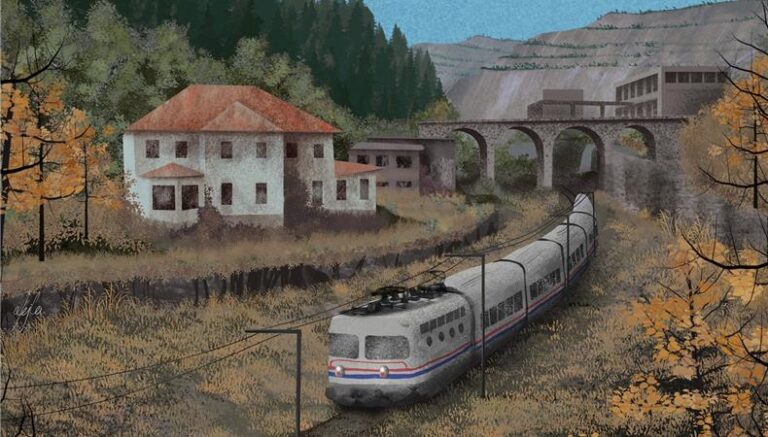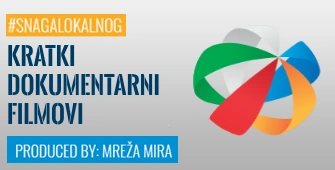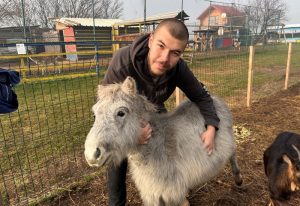Once a prosperous multinational municipality with 22,000 inhabitants, Vareš fell to around 7,000 inhabitants due to war and destruction and sank into decay and poverty. Things could turn around with new mining, but that brings with it some uncomfortable questions
Illustration: Lejla Ahmedspahić, Naratorium
There are cities where it is impossible to get lost. Well, unless you’re blindly following the directions of Google Maps, which, looking for a shortcut, can lead you down a dirt road into the depths of the forest in the middle of the night. If you are in Vareš, it mostly means that you are headed there. A regional road leads to this small town in the heart of the country, and further, to Kakanj or Olov, it is possible to reach it only by macadam and that at the right time of the year.
The richness of the surrounding hills and mountains with metal ores has attracted human communities ever since sapiens learned how to work metal. The first historical traces of the exploitation of metal ores lead to the Roman period. Vareš was also important in the Middle Ages, especially for the trade relations of the Republic of Dubrovnik and the Bosnian Banovina, and later the Kingdom of Bosnia. The mineral wealth of this region in the Middle Ages also attracted Saxon miners who developed more advanced mining techniques. This place remained an important mining and craft center even after the Ottoman conquest of Bosnia. The first blast furnace was built here by Austria-Hungary, and the full momentum of mining and metallurgy was achieved in SFRY. The city developed significantly until the 80s of the last century, until the high-quality iron ore was exhausted. A study by the British Steel Company showed that under the conditions of the time, iron processing became unprofitable because the percentage of iron in the ore mined at the surface mines was too low for commercial processing. At the end of the eighties, the restructuring of the organization of the metallurgical sector began, but everything was stopped by the war. Production was never restarted, and the municipality fell into long-term decadence due to isolation, murky privatization and lack of alternative industries. Demographic decline followed overall local conditions. From the pre-war population of over 22,000, according to the last population census from 2013, 8,892 people lived in this municipality.
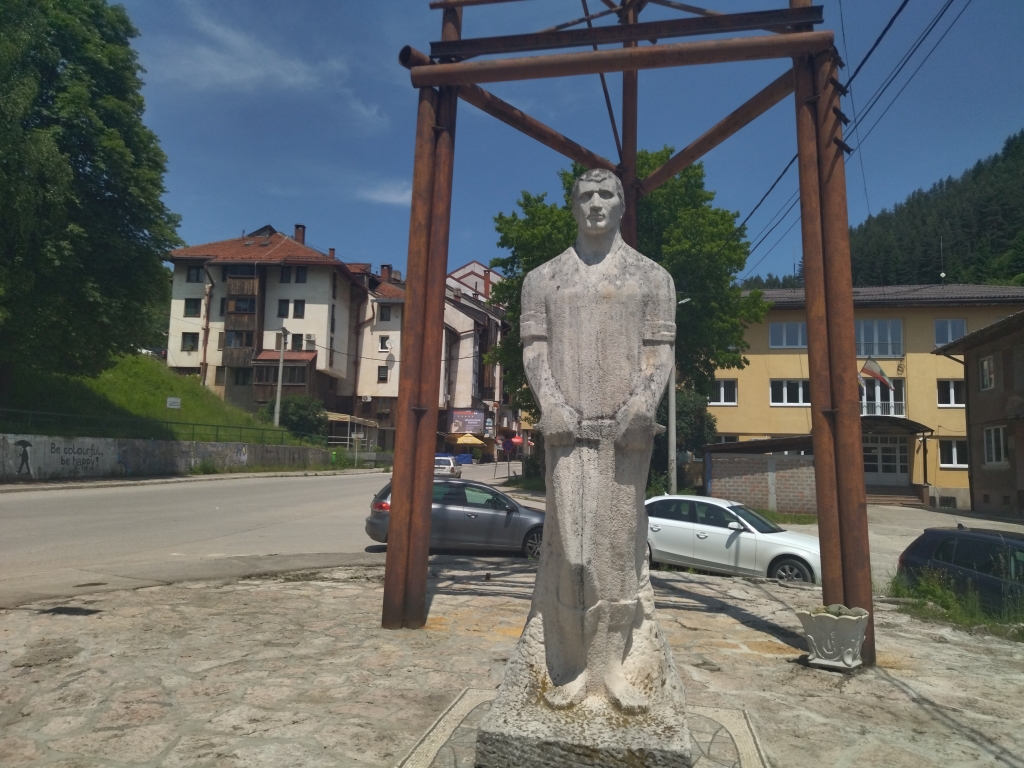
Monument to miners
Rent as in Sarajevo
– Unfortunately, according to the census, we remained at 9,000, and realistically maybe 7,000 people live now. At that time, no one raised their voice to say how we live here, how we feed ourselves, and believe me – I participate in politics here for two terms as the chairman of the council and when I became the mayor six years ago – that it was such a time and that there are keys to the city and if I had to hand them over to someone, I would take them away, hand them over and say: “We can’t live here anymore”, current mayor Zdravko Marošević described the then desperate atmosphere for Naratorium.
Although Energoinvest’s research from the 1980s showed that there are also significant deposits of other metals in the area of the municipality, such as zinc, lead, barite, and even silver and gold in smaller concentrations, the political structures at the entity and cantonal levels turned their heads from Vareš as a leper. neighbors. About ten years after the war, the headquarters of the local forest department was moved from the municipality to Zavidovići, which resulted in the loss of jobs in the wood processing sector, which was the second most important branch of the local economy. The place has become ideal for “ruin tourism”.
However, the atmosphere began to change 11 years ago when the British-Australian company Eastern Mining, i.e. Adriatic Metals, began exploration at two locations in the municipality. The arrival of this company has been accompanied by headlines announcing the “gold rush” in the media for years. Naratorium published a research article last year that described the chronology of improper awarding of concessions to this company by three different convocations of the Zenica-Doboj Canton Government, whose main actors were the Democratic Action Party and the Croatian Democratic Union. In the end, the cantonal government determined that Adriatic Metals pays 3.9 KM per ton of ore mined in concession fees (70 percent goes to the municipality, 30 percent to the cantonal budget), regardless of whether it is heavy or precious metals.
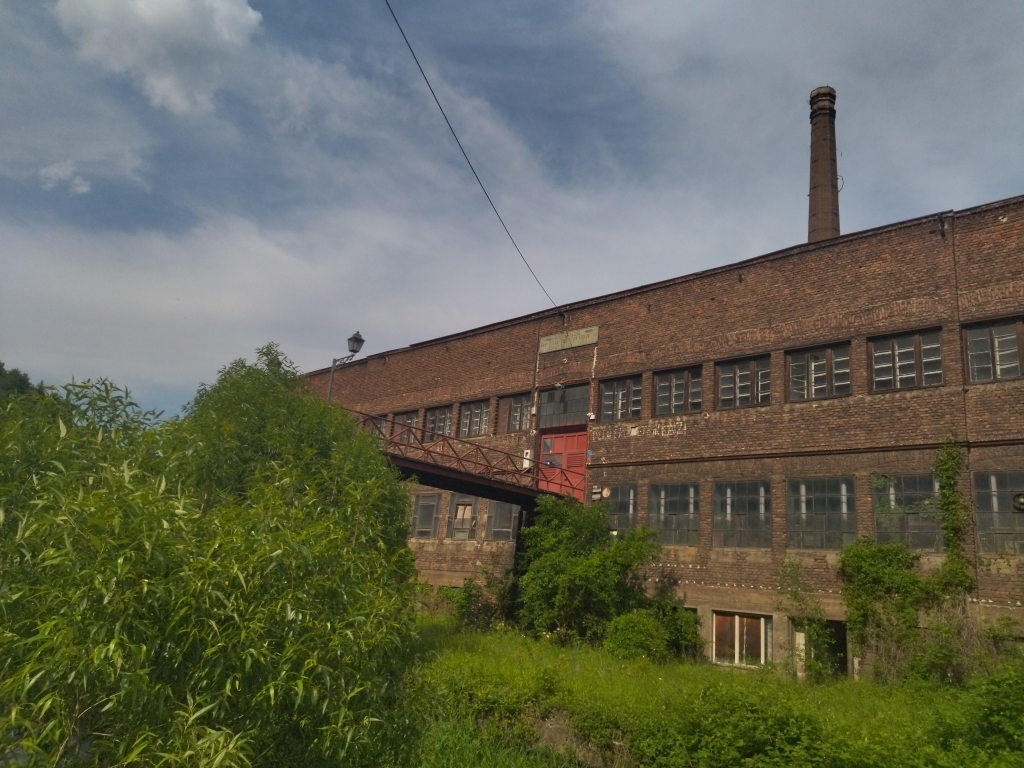
Ironworks abandoned to oblivion
As the infrastructure works for the mine progress, Vareš looks more and more alive. In addition to Adriatic Metals, there are several foreign and domestic companies in Vareš that act as subcontractors for this company.
– For the survival of any municipality or region, there is a driving force. We are not Dubrovnik, we are not the Côte d’Azur, we have what we have. What are we being shown? When the first information about the analyzes of this ore came out, the media used what absorbs information the most, which is the gold rush. Of course, there is no gold anywhere on the camera. And then I started arriving here from all over, from the region, from Slovenia, interested people who want to enter that system because the mine is a complex matter. Companies from Romania, Bulgaria, Slovenia, Serbia, Macedonia, beyond Australia and England, plus domestic companies from all over Bosnia and Herzegovina. Slovenia, for example delivers complex equipment. Now there is a whole small world in Vareš, says Mayor Marošević euphorically.
The Turkish company Nova Mining and Construction, which is a subcontractor for underground mining, is currently working in Vares. Thanks to the influx of foreign workers, real estate prices have skyrocketed. Empty apartments, which a few years ago could be rented for 50-100 KM, are now almost impossible to find. The rent is up to 500 KM for an ordinary studio apartment, and better furnished apartments are rented for 1000 KM, which is at the level of the most expensive cities in the country.
Read the rest of the text at prometaj.ba

